1. "The Peacemaker" Wang Zhaojun (Han Dynasty, 51-15 BC)
Wang Zhaojun came from a commoner family in the Han Dynasty. Beautiful and good at music, chess, calligraphy and painting, she was recruited into the harem of Emperor Yuan of Han but only worked as a palace maid.
The Xiongnu were nomadic people at that time, occupying a large area that is today's Mongolia, parts of northern China and Central Asia. The Xiongnu and Han clashed in border areas for many years.
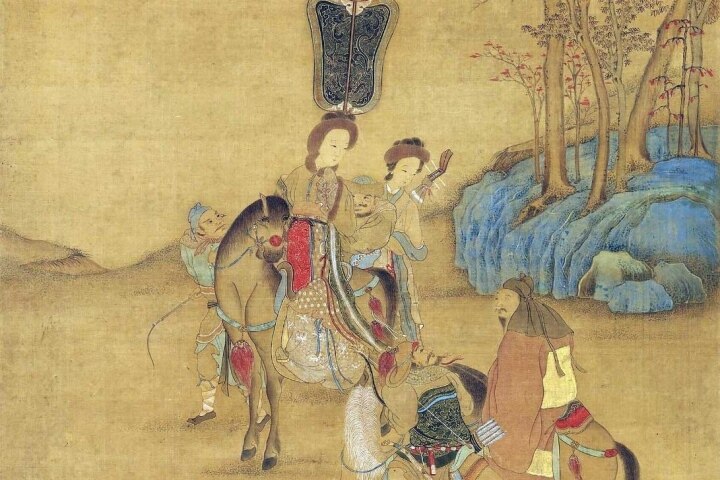
Sketch of Wang Zhaojun sitting on horseback. (Photo: Sohu)
In 53 BC, the Xiongnu Chanyu Huhanye came to the capital Chang'an to show his allegiance to the Han Dynasty and wanted to marry the princess. The king did not want to marry his daughter, so he ordered the palace maids that "anyone who wants to marry Huhanye will be treated as a princess".
No one wanted to marry Huhanye, only Wang Zhaojun volunteered and later became his favorite concubine. They had two sons and a daughter. Historians and poets praised Wang Zhaojun for her important role in ensuring decades of peace between the Xiongnu and the Han.
2. "Empress" Wu Zetian (Tang Dynasty, 624-705)
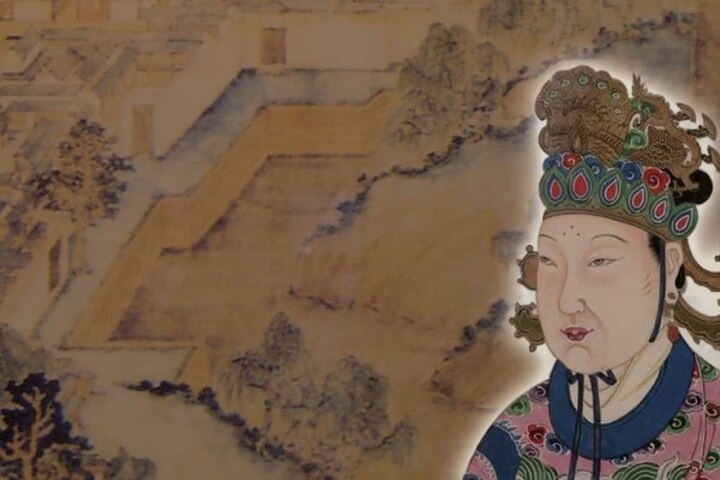
Sketch of Empress Wu Zetian. (Photo: Sohu)
Wu Zetian was the only female emperor in Chinese history. She entered the palace at the age of 14, serving as a concubine (fourth in rank among the seven concubines of the Tang Dynasty) for Emperor Taizong of Tang - the second emperor of the Tang Dynasty. Taizong died when Wu Zetian was 25. She had to shave her head and become a nun.
Emperor Taizong's son, Emperor Gaozong, ascended the throne and welcomed Wu Zetian into the palace because he had secretly loved her since she was a prince. Wu Zetian began a long journey of power struggle and ascended the throne at the age of 66, ruling for another 15 years until her death.
Wu Zetian was described as a cruel person, who once killed her own daughter for daring to oppose her. However, under Wu Zetian's rule, the Tang Dynasty's territory expanded, and many governing and social policies were reformed.
3. "The one who raised his head to take the blame" Duong Ngoc Hoan (Tang Dynasty, 719-756)
Yang Yuhuan, also known as Yang Guifei, was also related to both her father and her son, the emperor. Yang Yuhuan was originally the first wife of King Shou Li Mao, the son of Emperor Ming of Tang and Empress Wu. After Empress Wu died, Emperor Ming of Tang, 61, established Lady Yang, 27, as his concubine (second-highest rank in the harem, after the empress).
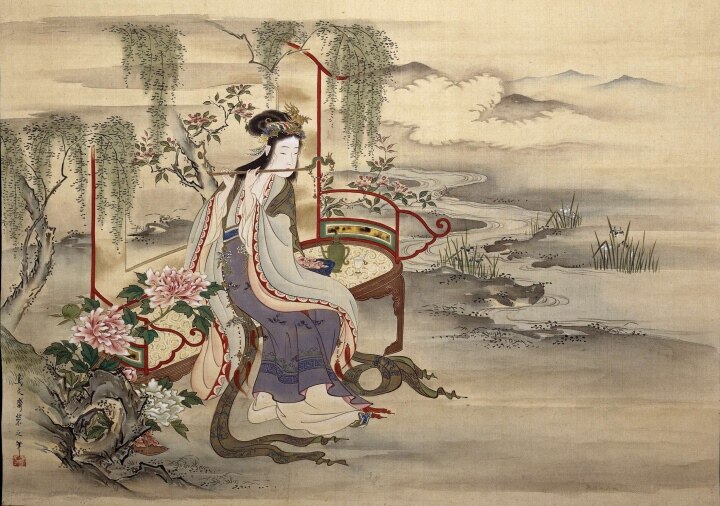
Sketch of Yang Guifei. (Photo: Sohu)
Emperor Ming of Tang was infatuated with Yang Guifei and neglected the government. He gave many important positions in the court to Yang Guifei's relatives, leading to the An Lushan Rebellion. General An Lushan used the excuse that Yang Guifei's family was corrupting the government to rebel.
Emperor Ming of Tang and Yang Guifei fled the capital. During their escape, the imperial guards blamed Yang Guifei for the unrest and executed her. Yang Guifei died at the age of 38. The rebellion was suppressed after 8 years. However, it was the beginning of the end for the Tang Dynasty.
4. "Pawn" Tran Vien Vien (Ming Dynasty, 1624 - 1681)
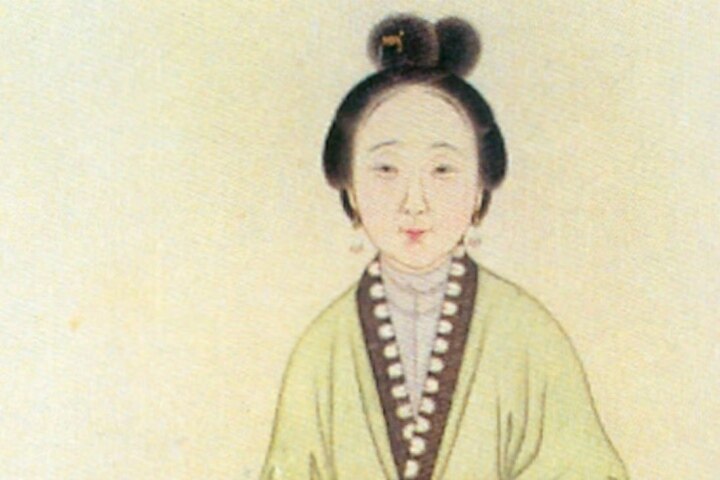
Sketch of Tran Vien Vien. (Photo: Sohu)
Born during a time of turmoil, Tran Vien Vien was orphaned at a young age. Tran Vien Vien was a famous beautiful courtesan, good at dancing and singing, and later became the concubine (second wife) of Ngo Tam Que, a general of the Ming army.
Wu Sangui was instrumental in the fall of the Ming Dynasty. Wu opened the Shanhai Pass for the Qing army to invade and cooperated with the Qing army to fight against Li Zicheng (the leader of the uprising that overthrew the Ming Dynasty in 1644 and proclaimed himself Emperor of the Great Shun), capturing the capital Beijing.
It is rumored that Wu Sangui betrayed him because another Ming general kidnapped his concubine Chen Yuanyuan. Wu Sangui was extremely angry at the time and said: "How can I face anyone when I cannot protect a woman?" Chen Yuanyuan's fate after the war is unknown.
5. "The autocrat" Tu Xi (Qing Dynasty, 1835-1908)
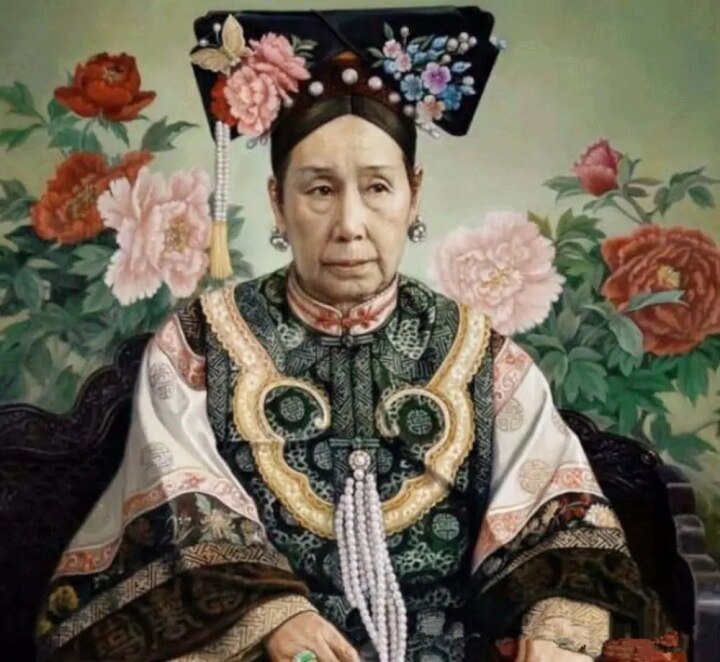
Empress Dowager Cixi. (Photo: Sohu)
Empress Dowager Cixi is famous in modern Chinese history for her 50 years of regency in the 19th century. Cixi entered the palace in 1852, after giving birth to her eldest son Zaichun, she was appointed as Imperial Consort Yi by Emperor Xianfeng, and later promoted to Imperial Noble Consort Yi. When Emperor Xianfeng died, her only son, Prince Zaichun, ascended the throne at the age of 5, with two empress dowagers and officials assisting her in the government. However, in 1861, Cixi plotted a coup, overthrew Empress Dowager Ci'an, and took over as regent herself.
During Cixi's regency, China experienced many social upheavals and foreign wars, such as the Second Opium War. Empress Dowager Cixi overcame these challenges and continued her lavish lifestyle.
Empress Dowager Xi died in Beijing in 1908 when the country was in turmoil, paving the way for revolutionaries like Sun Yat-sen to overthrow the Qing Dynasty and give birth to the Republic of China.
HONG PHUC (Source: SCMP)
Useful
Emotion
Creative
Unique
Wrath
Source








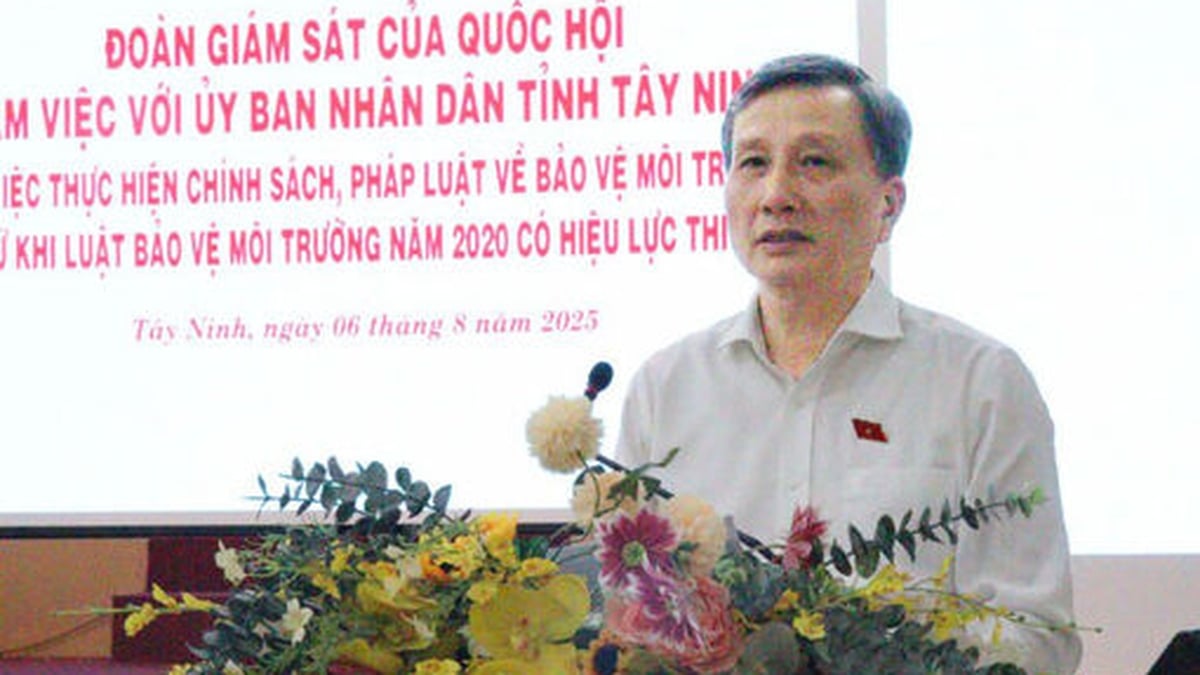
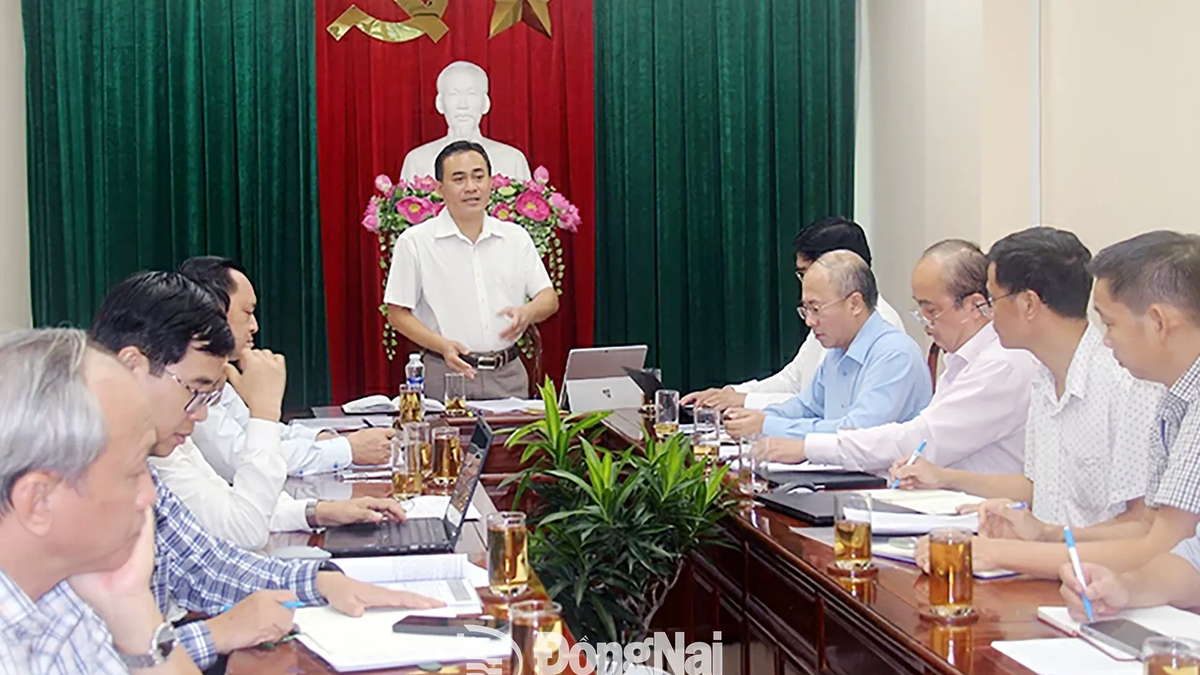













![[Photo] Nghe An: Provincial Road 543D seriously eroded due to floods](https://vphoto.vietnam.vn/thumb/1200x675/vietnam/resource/IMAGE/2025/8/5/5759d3837c26428799f6d929fa274493)





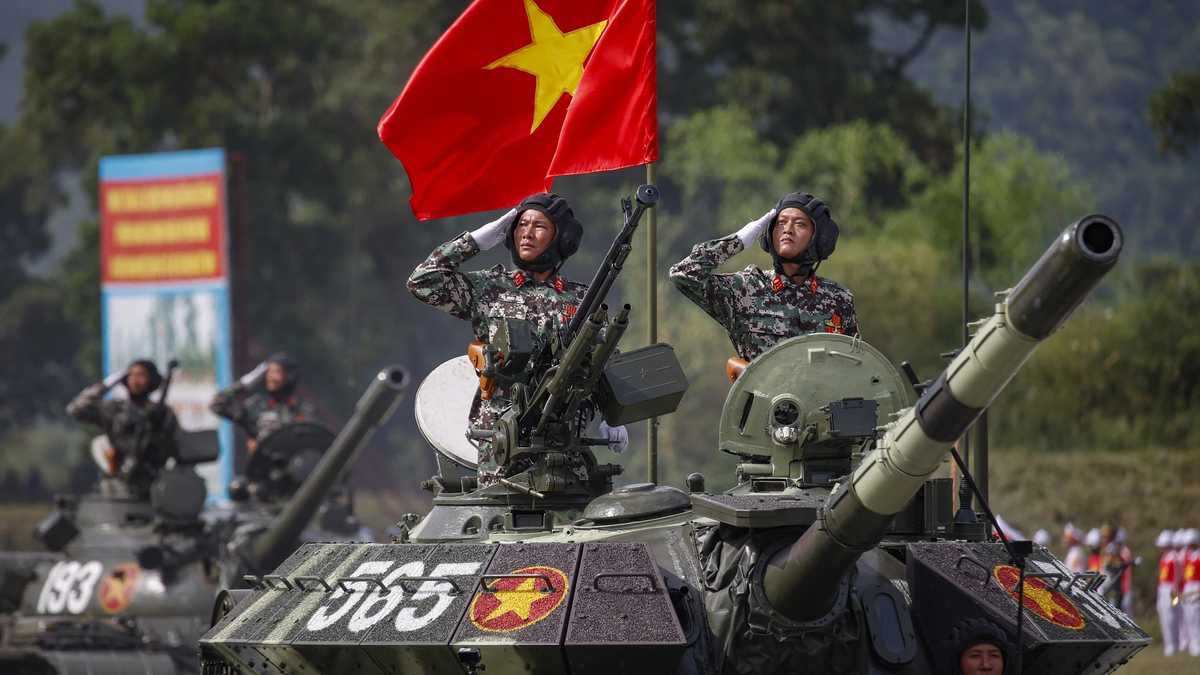
![[Photo] Discover the "wonder" under the sea of Gia Lai](https://vphoto.vietnam.vn/thumb/1200x675/vietnam/resource/IMAGE/2025/8/6/befd4a58bb1245419e86ebe353525f97)


































































Comment (0)